The Highway Code has been around since 1931. It has always been a best seller, no doubt because of its captive audience, new learner drivers.
The Highway Code, by definition is a set of rules, acting mainly to give advice and guidance for all road users. Its aim is to encourage more careful and considerate behaviour towards each other when using the road.
Its message hasn’t changed, but each Edition contains more information. We do live in times of change. Improvements in technology, changing behaviours and the economy, each of these things influence the way we travel on our roads.
As a result we can say that this is why the publication continuously grows in size. We could question however, whether some of the inclusions are non-essential? Should “skid-control” and “coasting” be part of the Highway Code?
Consider the statement “that the last time people picked up or read the Highway Code was when they learned to drive.” This increased information is an argument that qualified drivers should keep up to date. However, would it really make any real difference if people picked up the Highway Code for every new edition or impression?
The Highway Code has become a reference book. Drivers refer to it on an as and when required basis to confirm or check something. Do we ever go back and read our school text books once we have passed our exams. Maybe we do keep these on a shelf, to refer to if needed and to remind ourselves when required, of the facts.
Few people, who having read a document and gone through any process, go back and read it again. We don’t work in that way.
Using the roads is a practical thing. If drivers need to update, then there’s always practical help at hand. It’s not hard to find. But why would we need to do this? We all think we’re good drivers; mistakes and errors are always someone else’s fault. Aren’t they? … discuss!
Where you see street lights but no speed limit signs, the limit is usually 30mph?
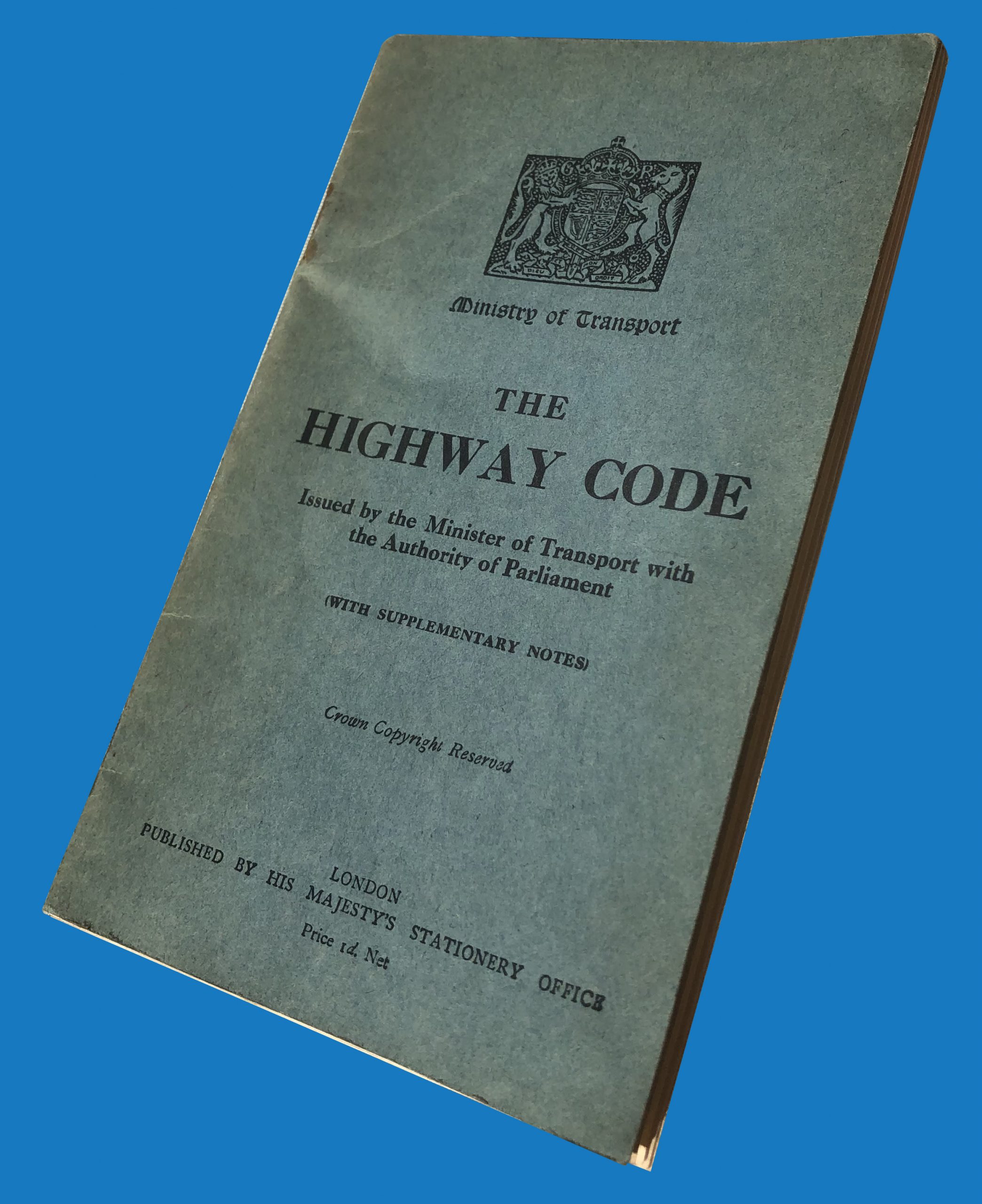
The speed limit on a single carriageway road for a car derived van with a gross weight of more than two tonnes is 50mph.
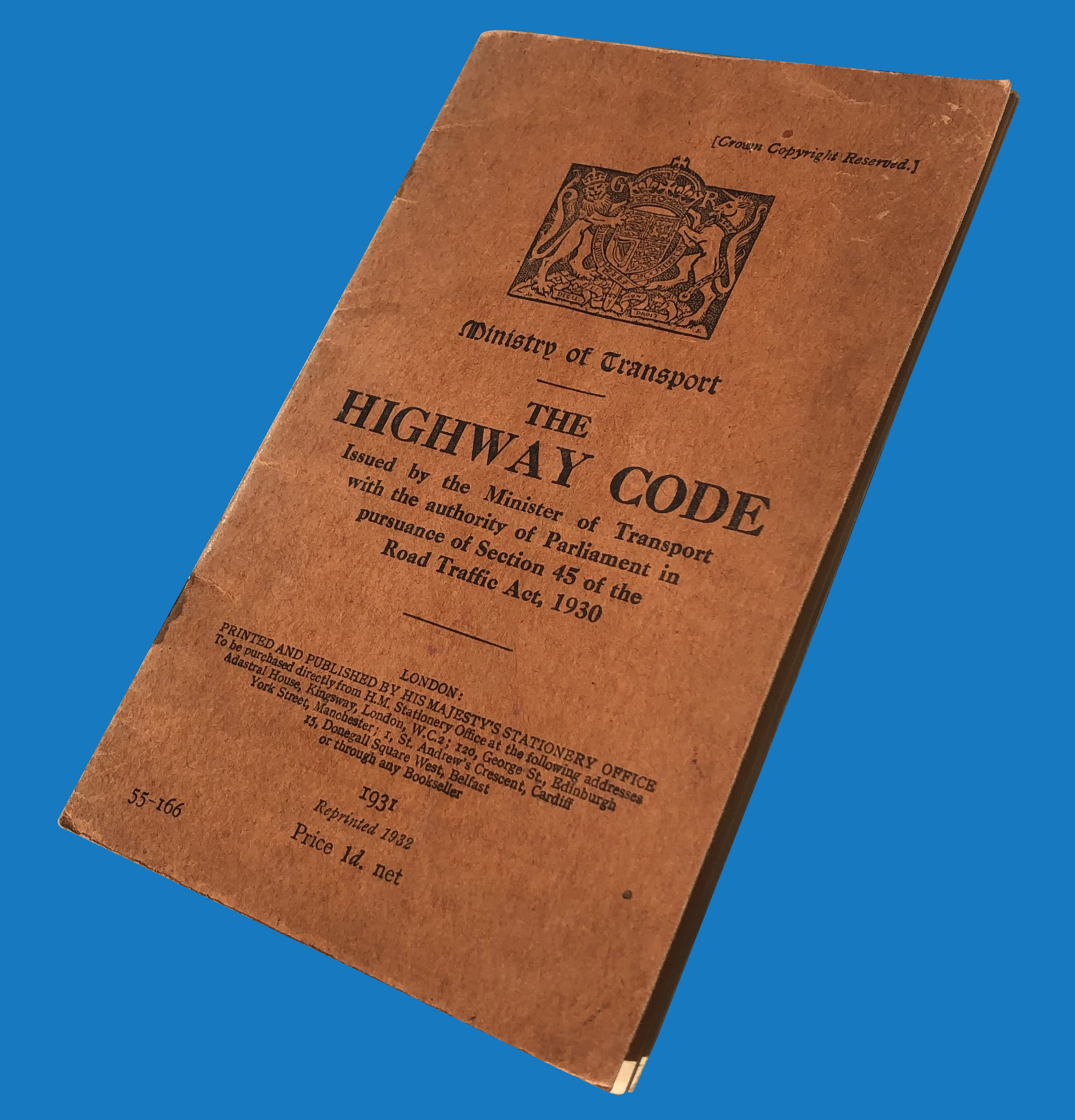
The speed limit for powered wheelchairs using pavements is 4mph

You must display parking lights when parked on a road or a lay-by on a road with a speed limit of over 30mph.
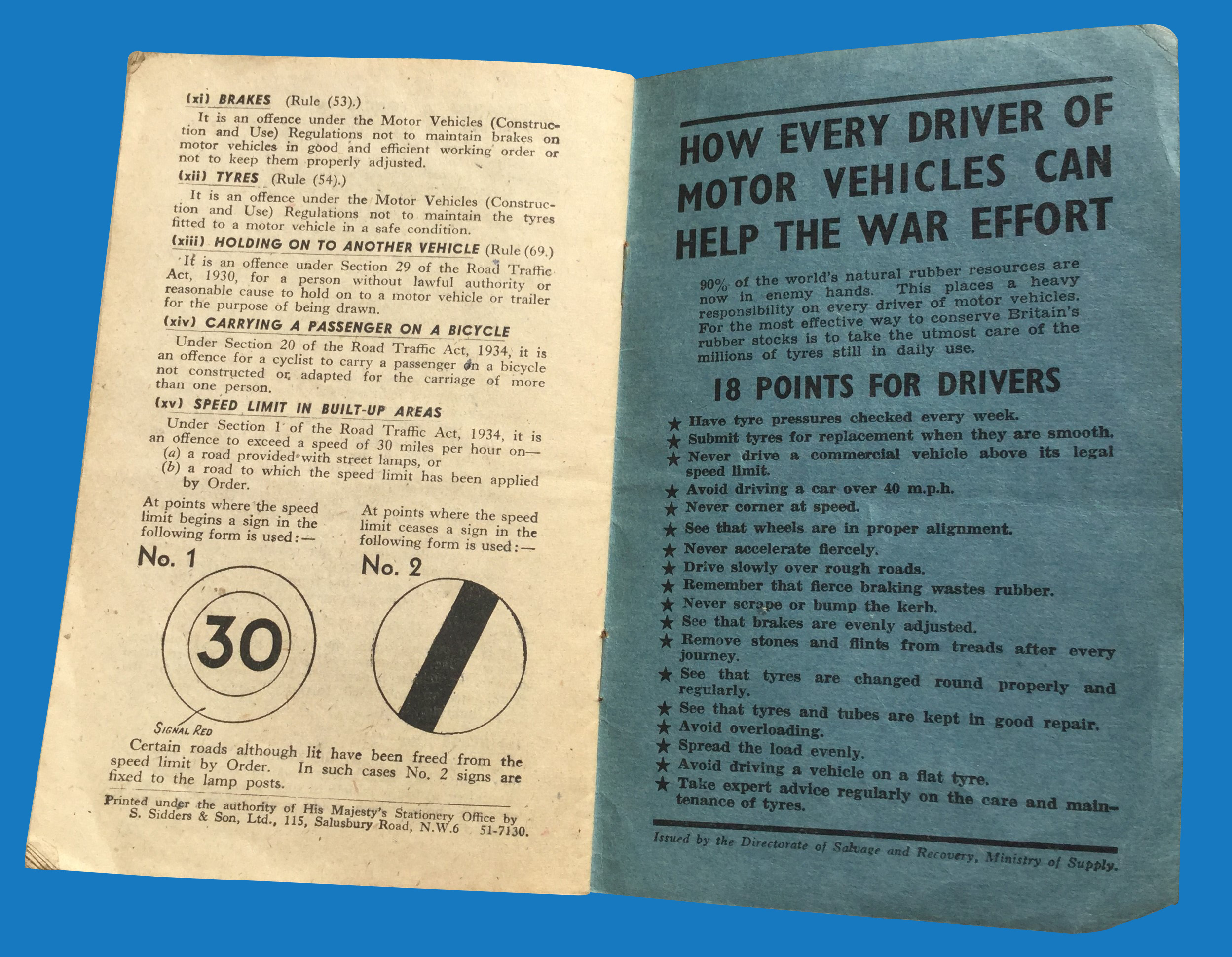
When using roundabouts, horses should stay to the left, whichever exit they are using.
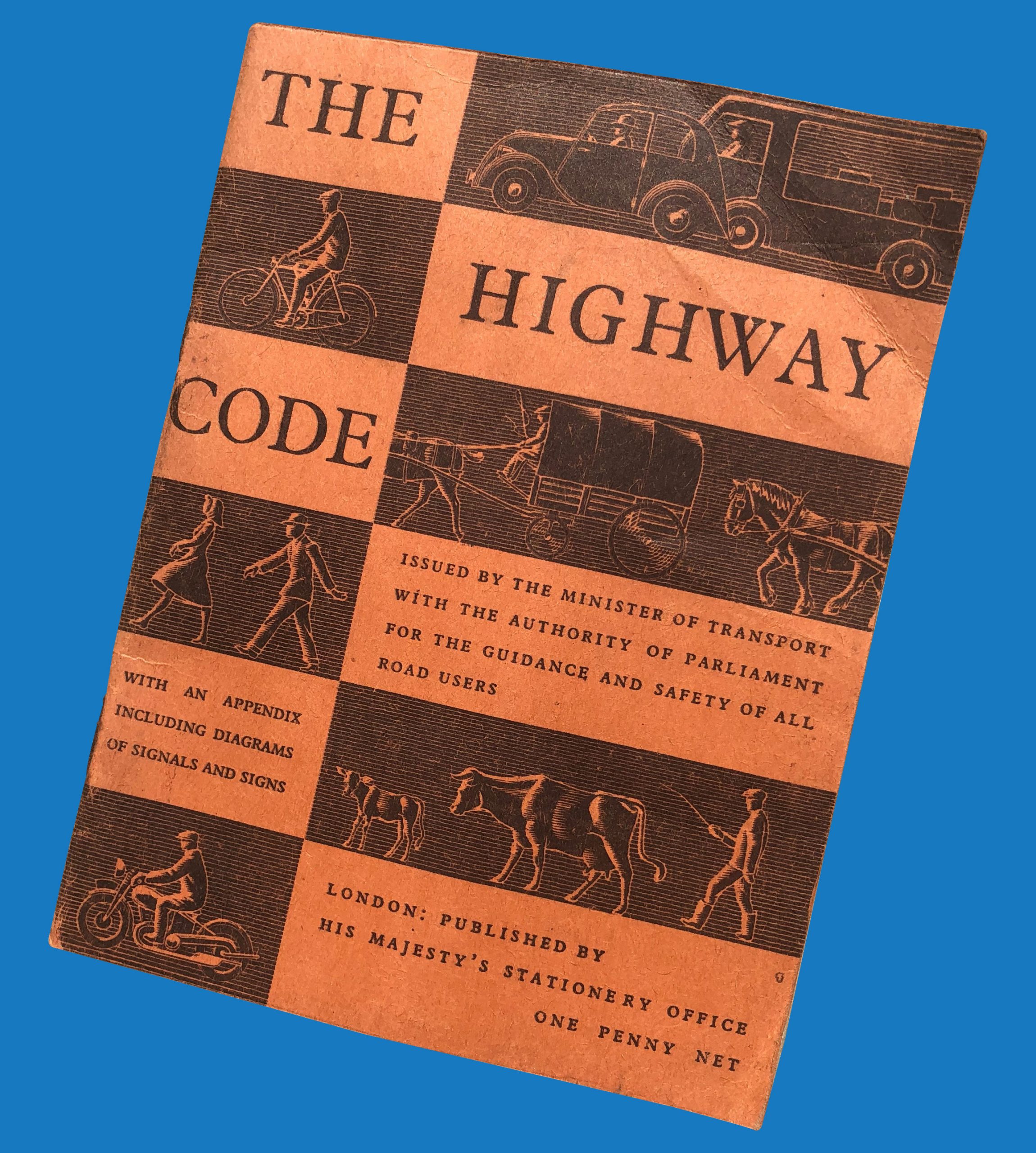
You can drive without a seatbelt with a suitable medical certification or if you’re a delivery driver moving a vehicle less than 50m.
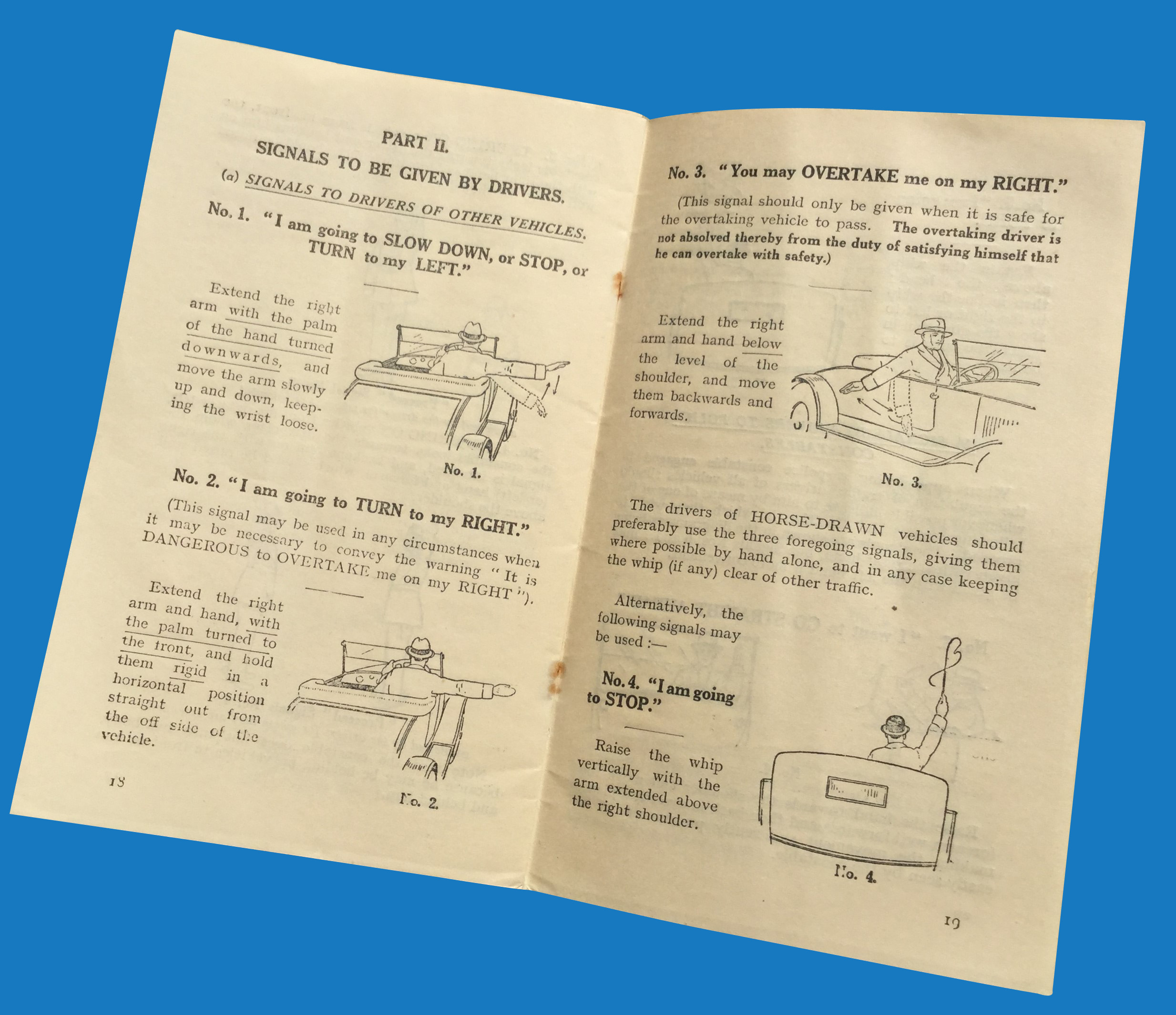
The Highway Code states that car tyres must have a minimum tread depth of 1.6mm across the entire width of the tyre
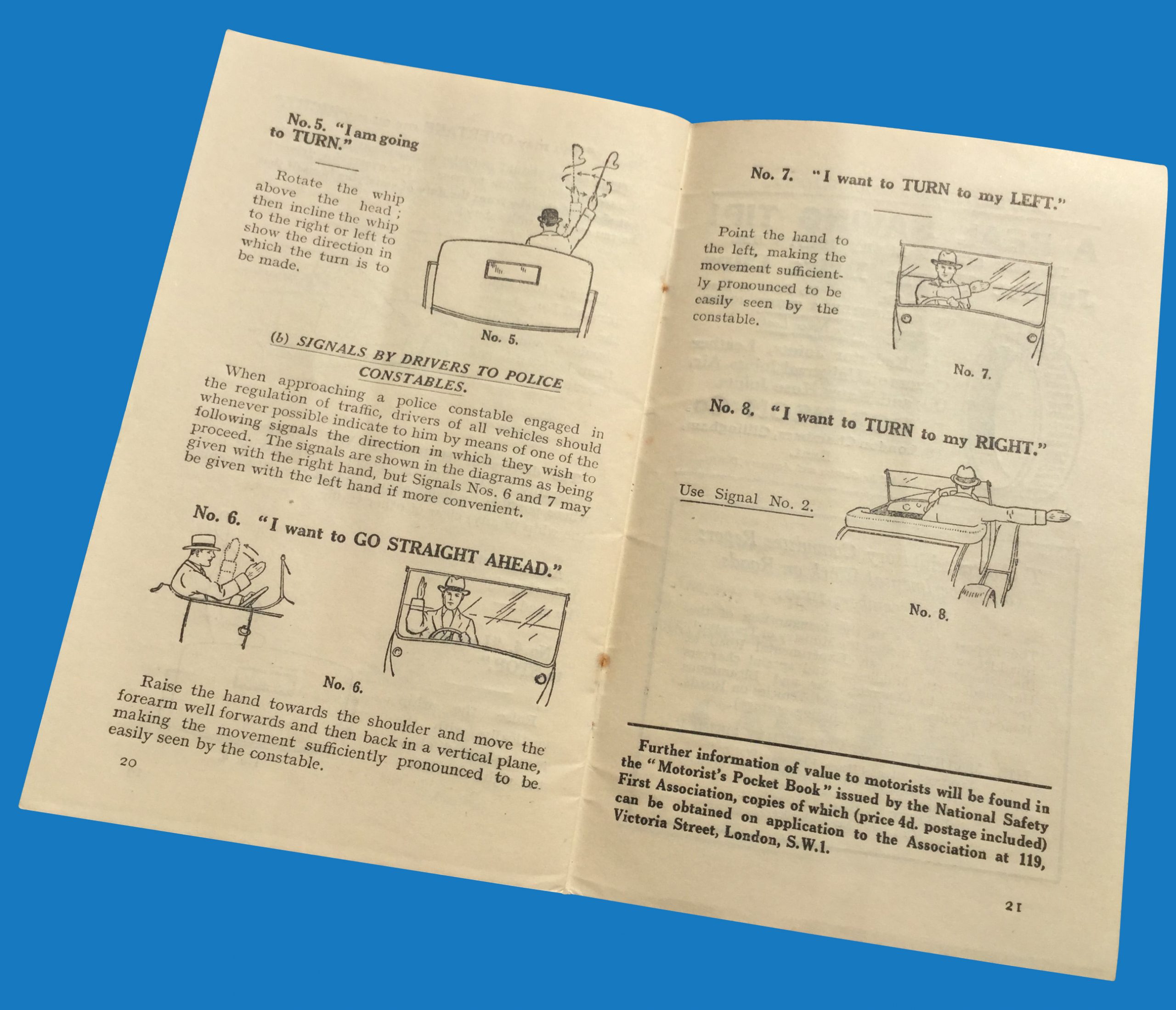
Driving at night, you must slow down and if necessary stop if you are dazzled by oncoming headlights.
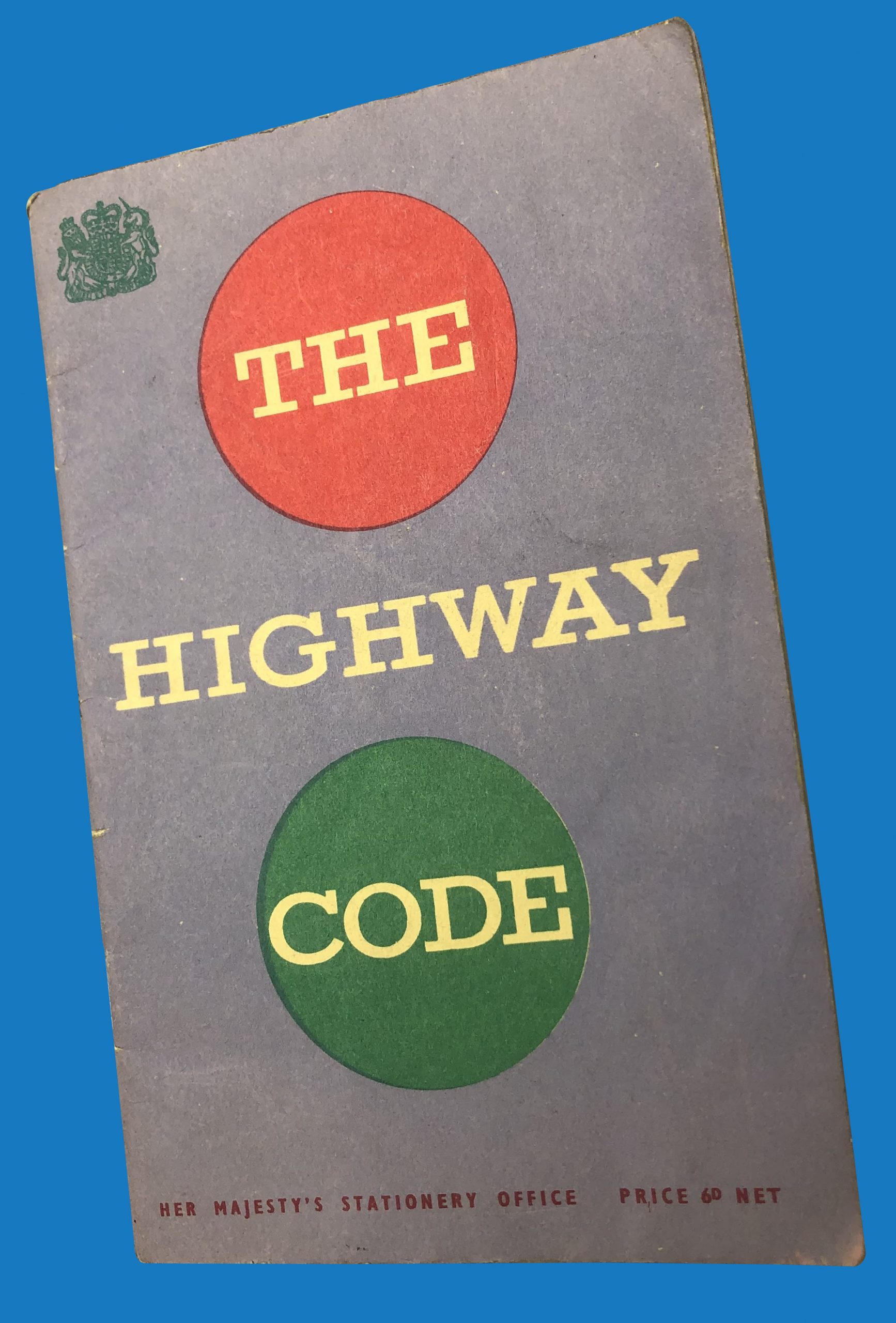
When towing a caravan you are limited to 60mph on motorways and dual carriageways.
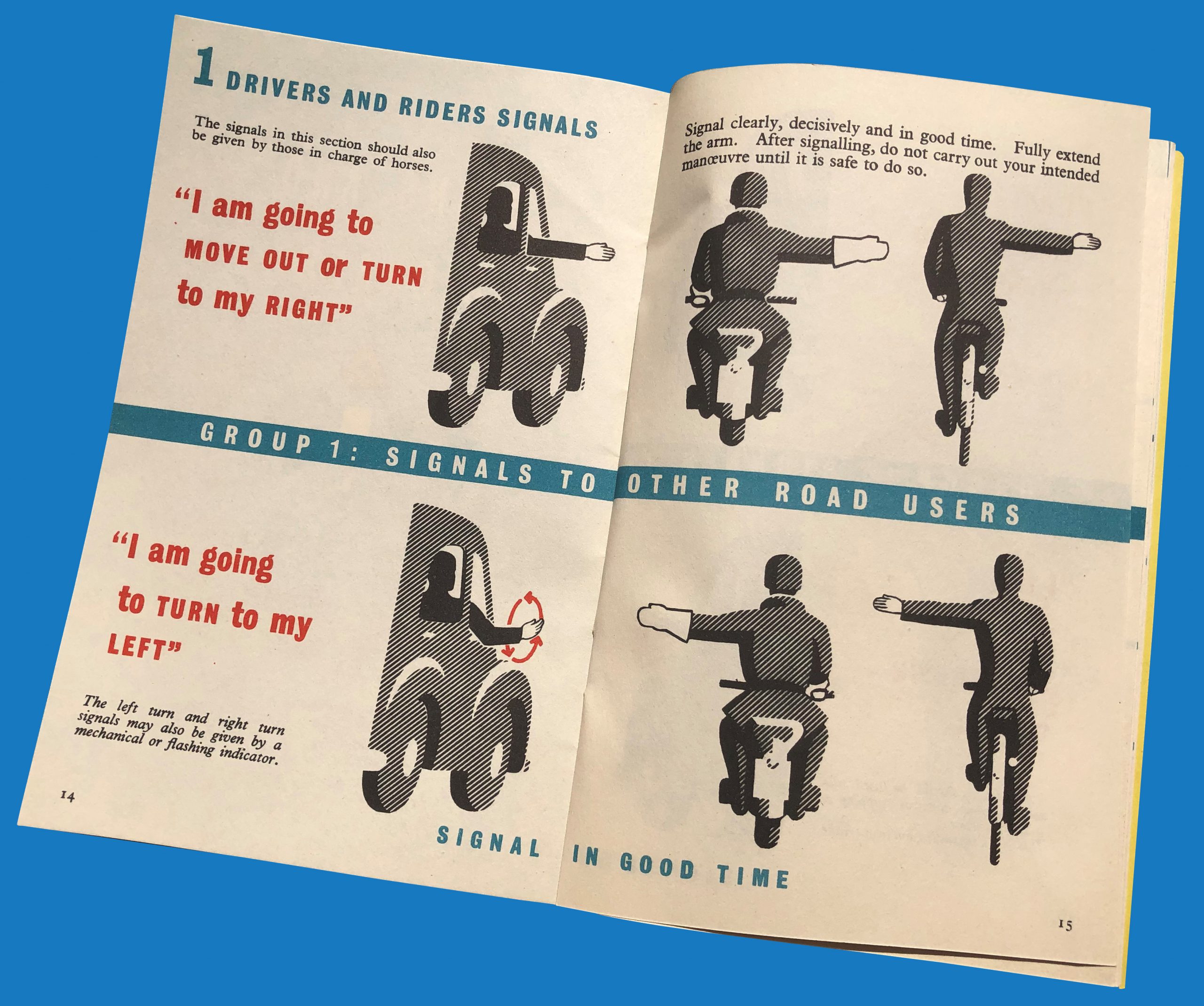
It is against the law for a driver to use a handheld phone in a car unless it is a genuine emergency and impractical to stop.
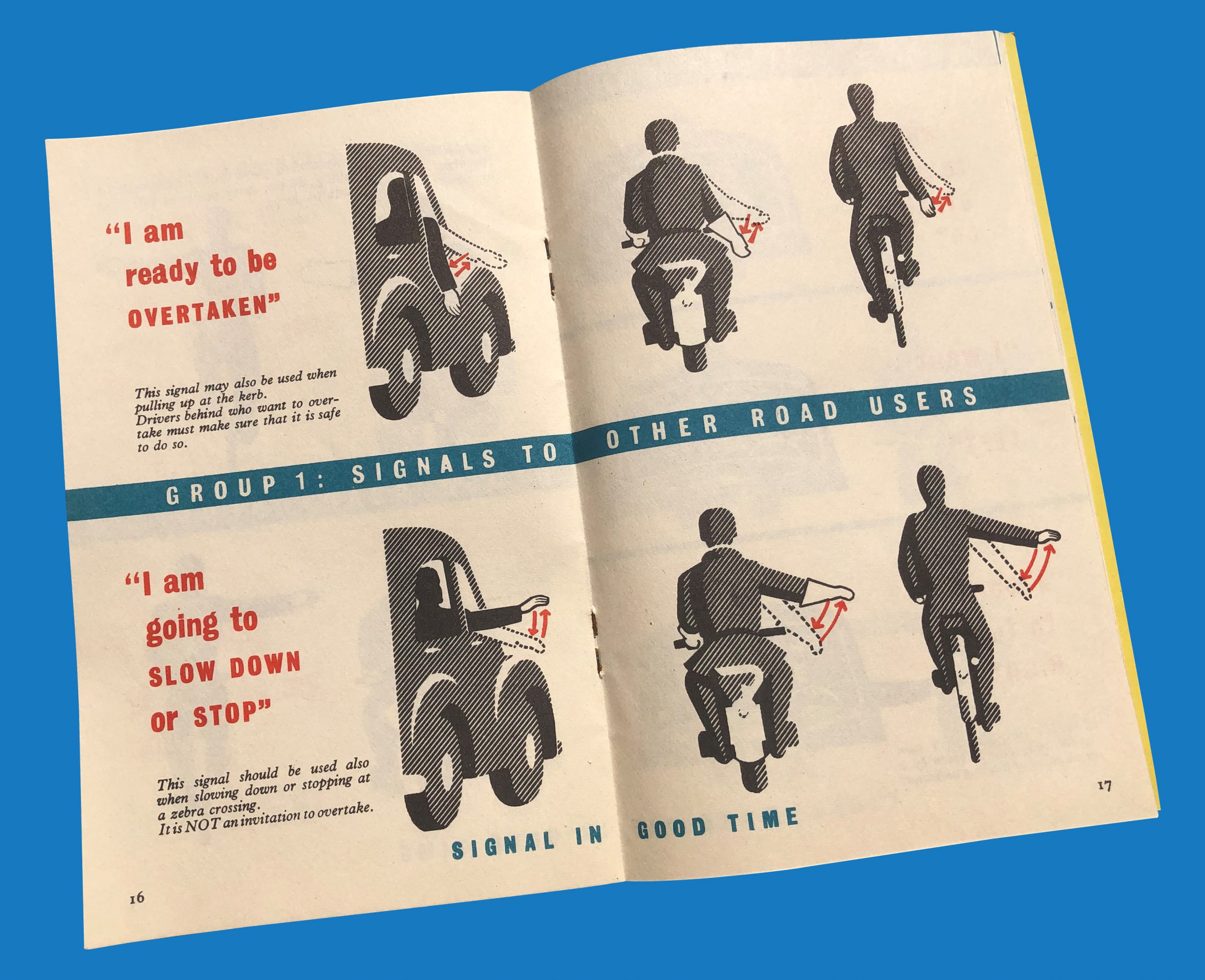
When turning into side roads you must give way to pedestrians who may be crossing the road you are entering.
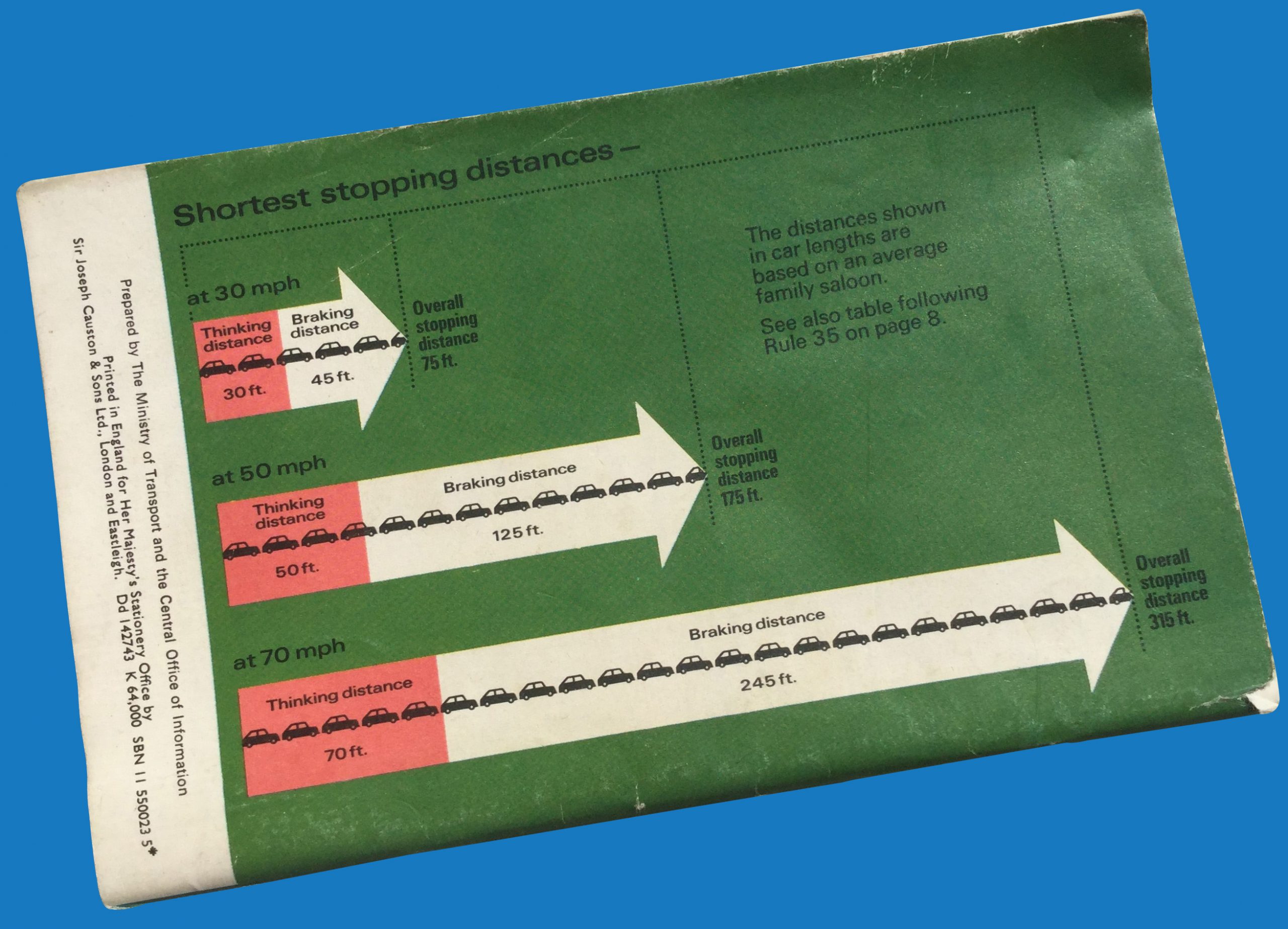
17 to 25 year-olds are the age group most likely to be involved in road traffic collisions
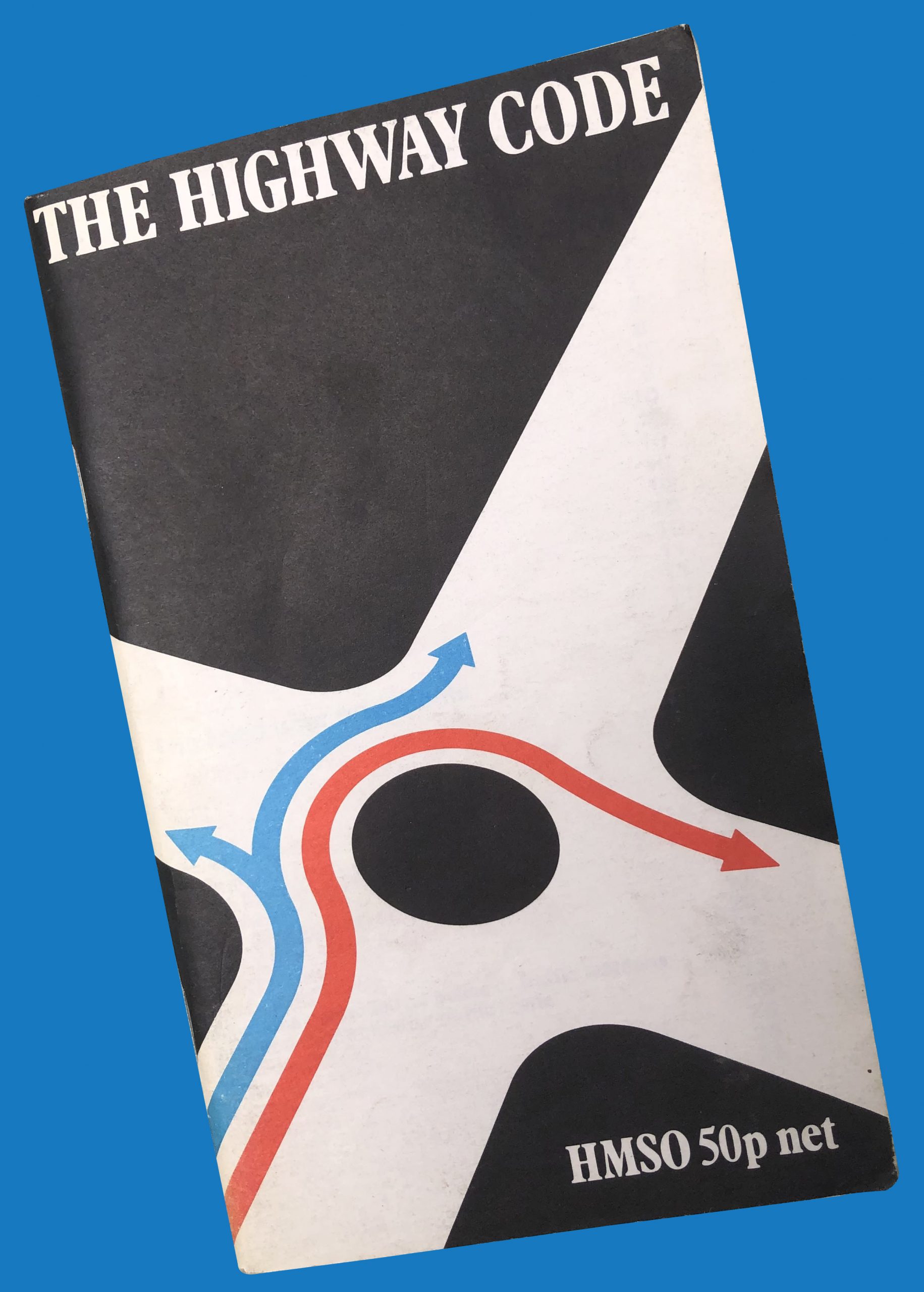
Vehicles carrying dangerous goods in packages will be marked with plain orange reflective plates.
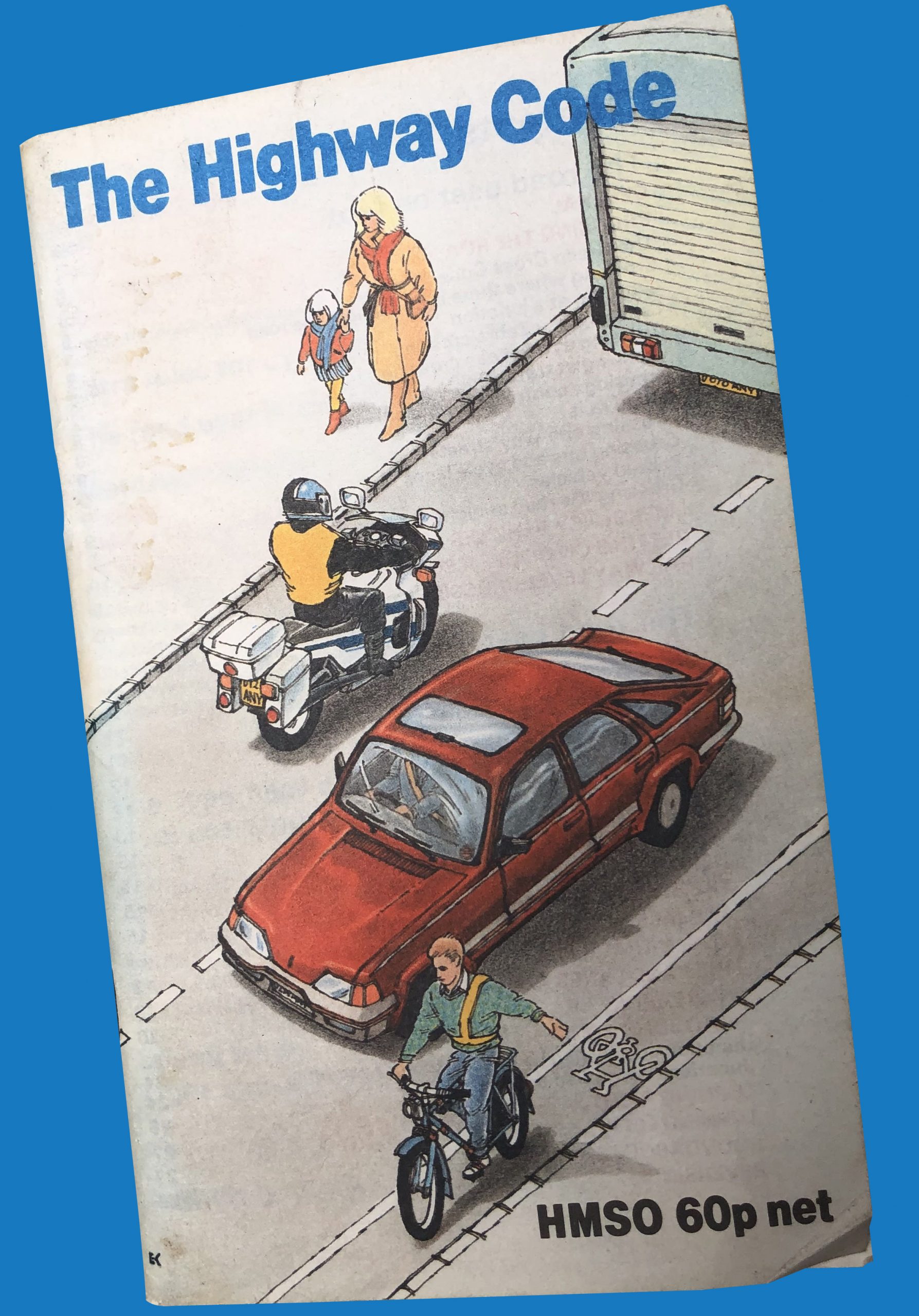
When driving at night you must use your headlights if the street lights are further apart than 200 yards (185 metres)
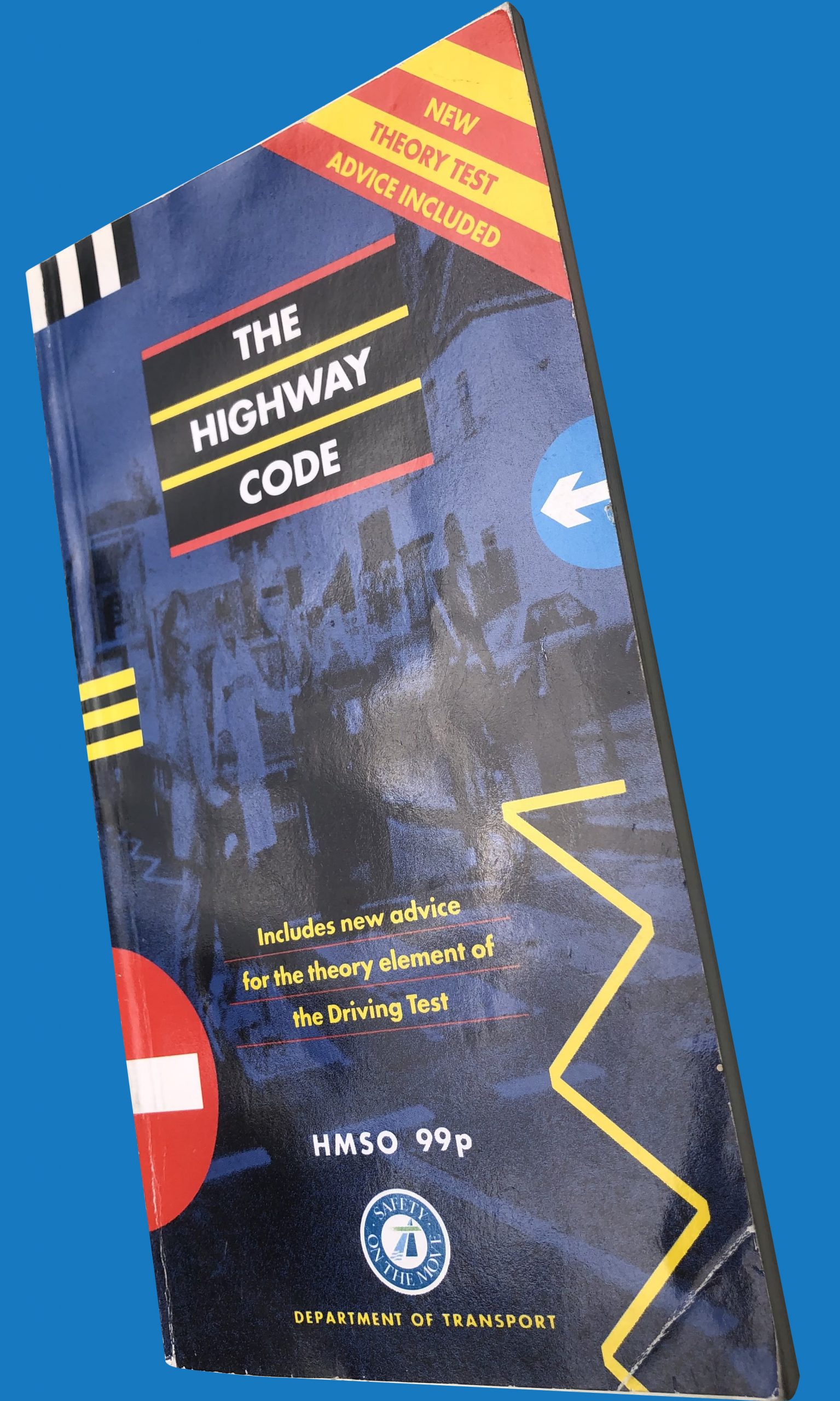
During hot weather you should keep your vehicle well ventilated to avoid drowsiness.
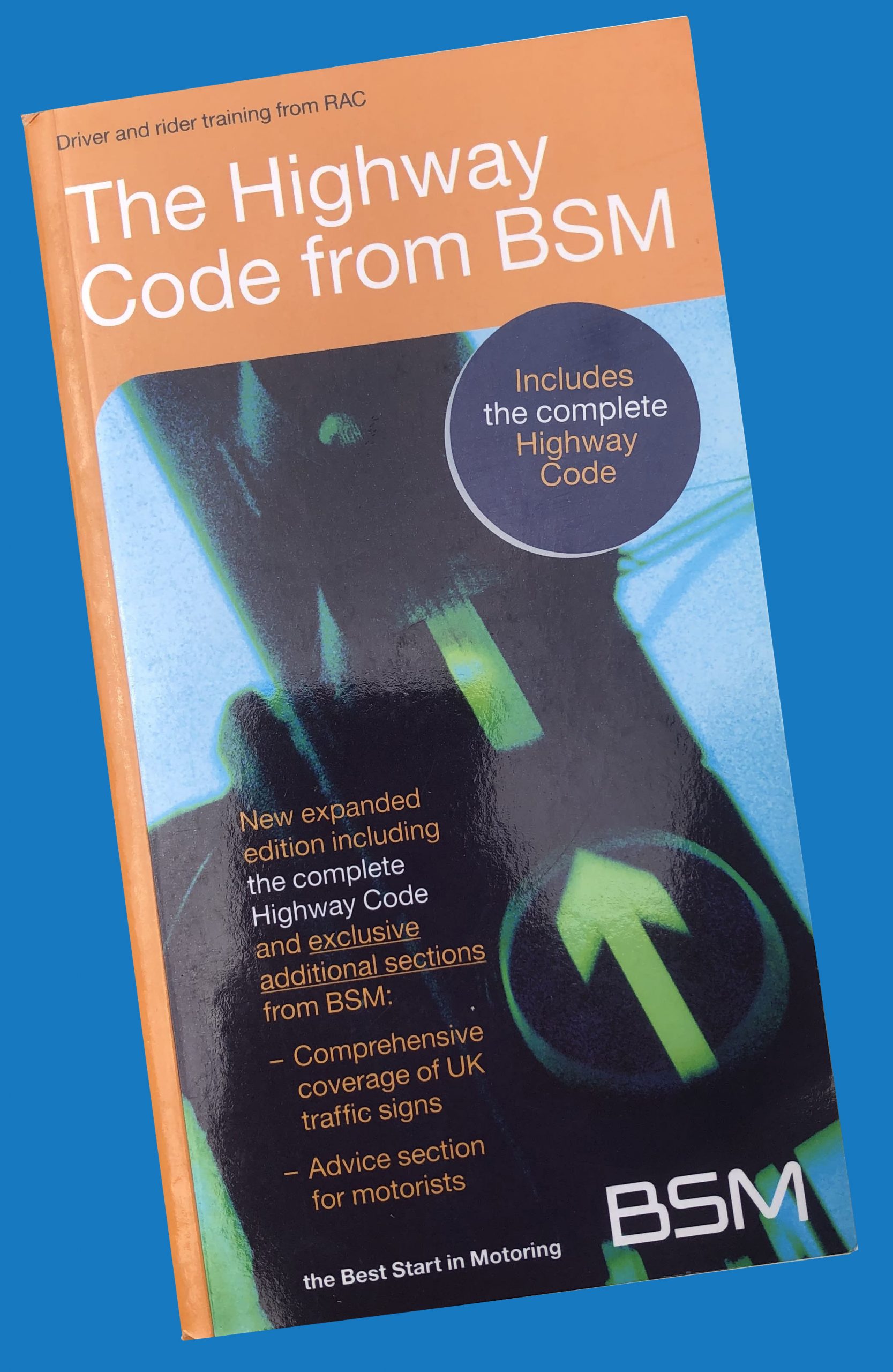
You must not rely on driver assistance systems.
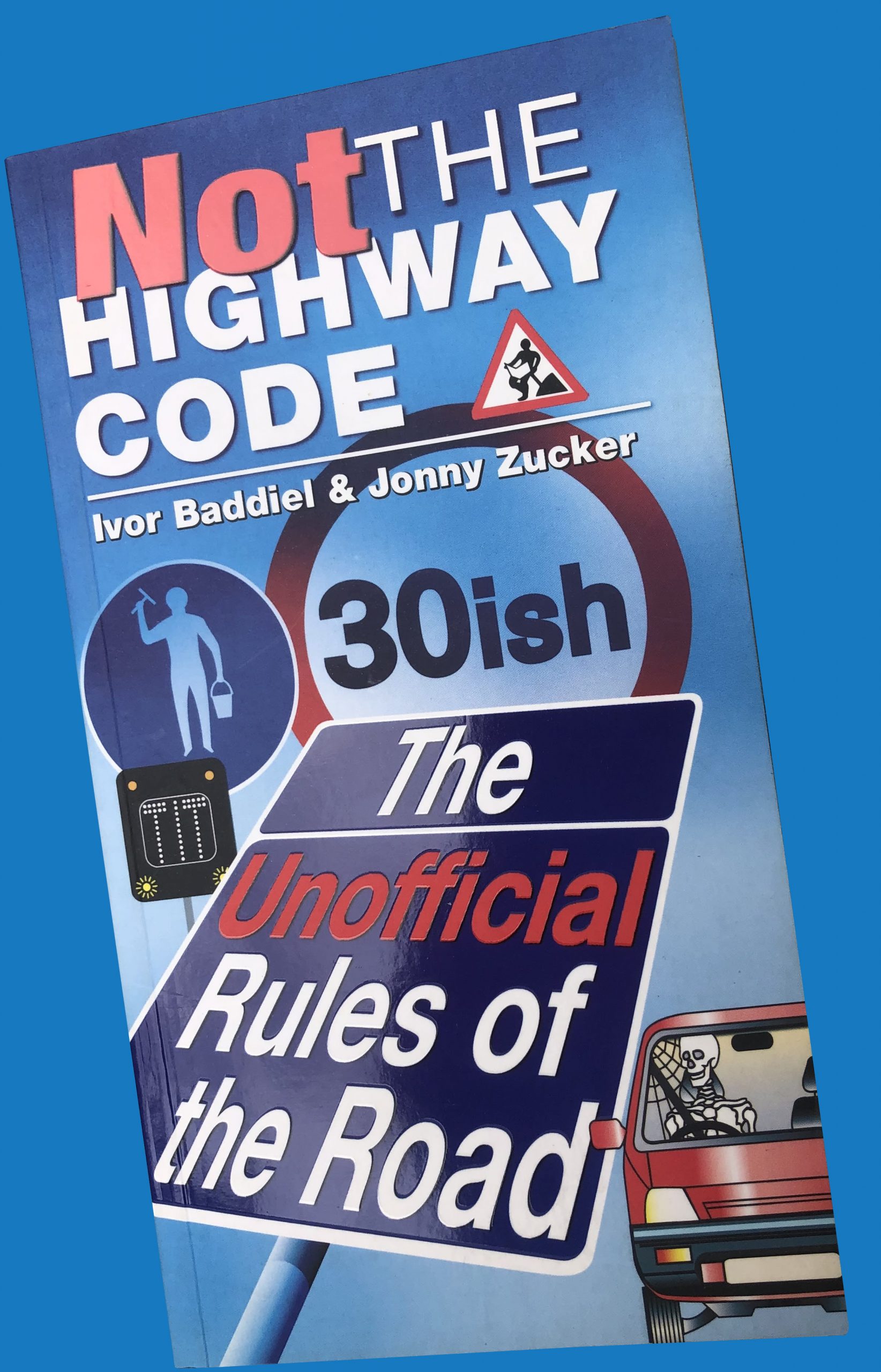
You should not reverse from a side road into main road
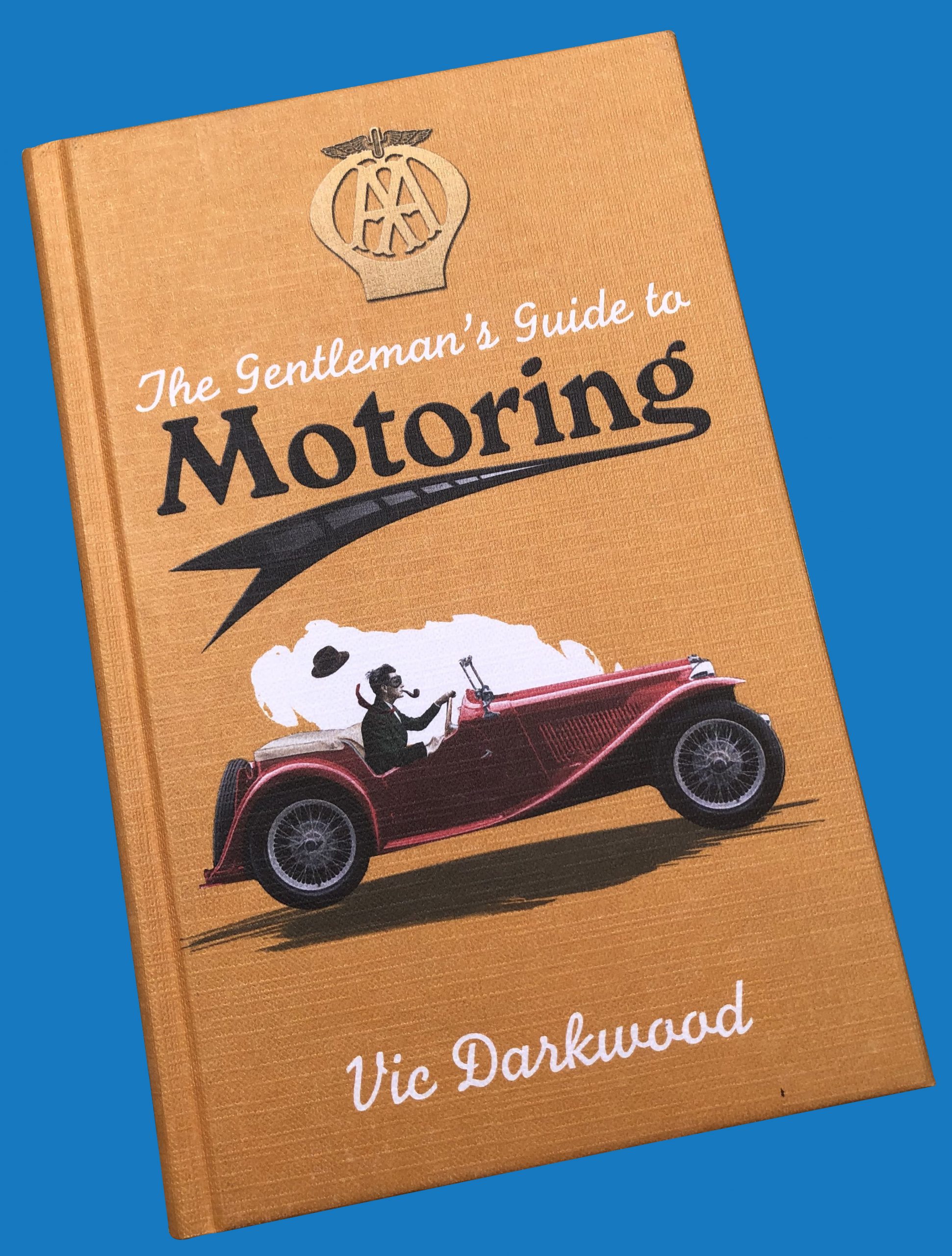
You should always wear a seat belt even when reversing
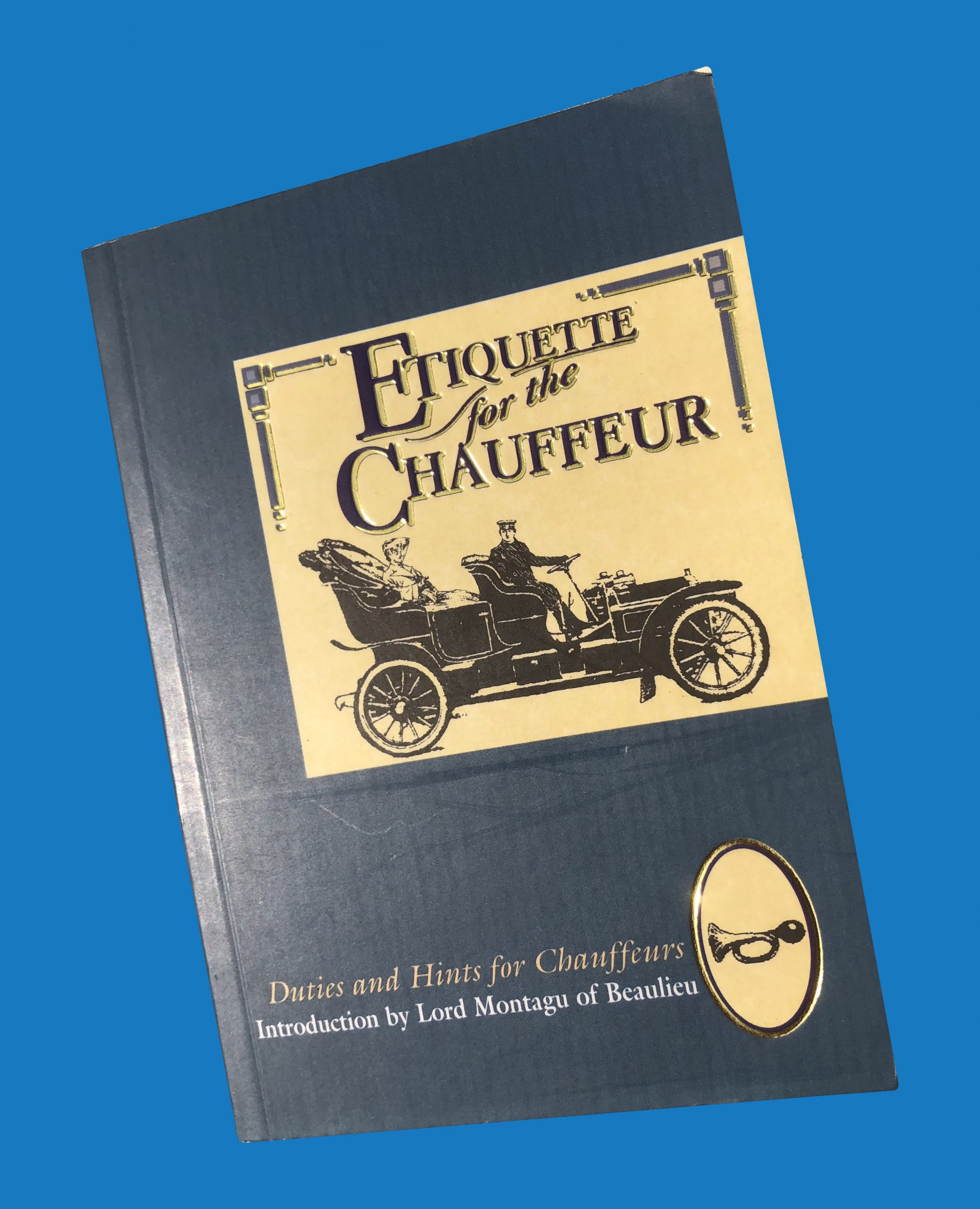
When turning left across a bus/cycle or tramway you have priority
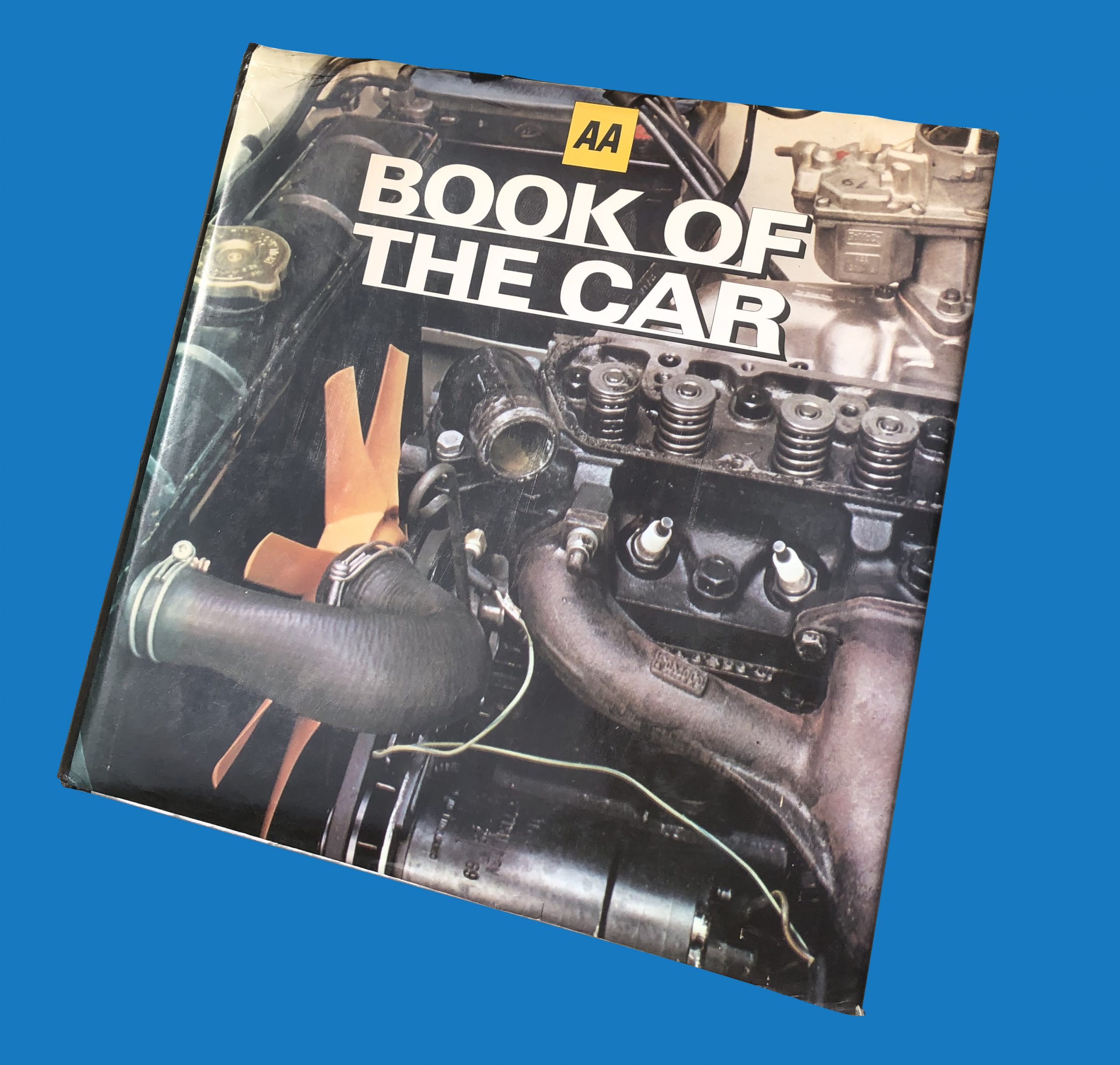
The braking distance when travelling at 40 mph is 38 metres (175ft)
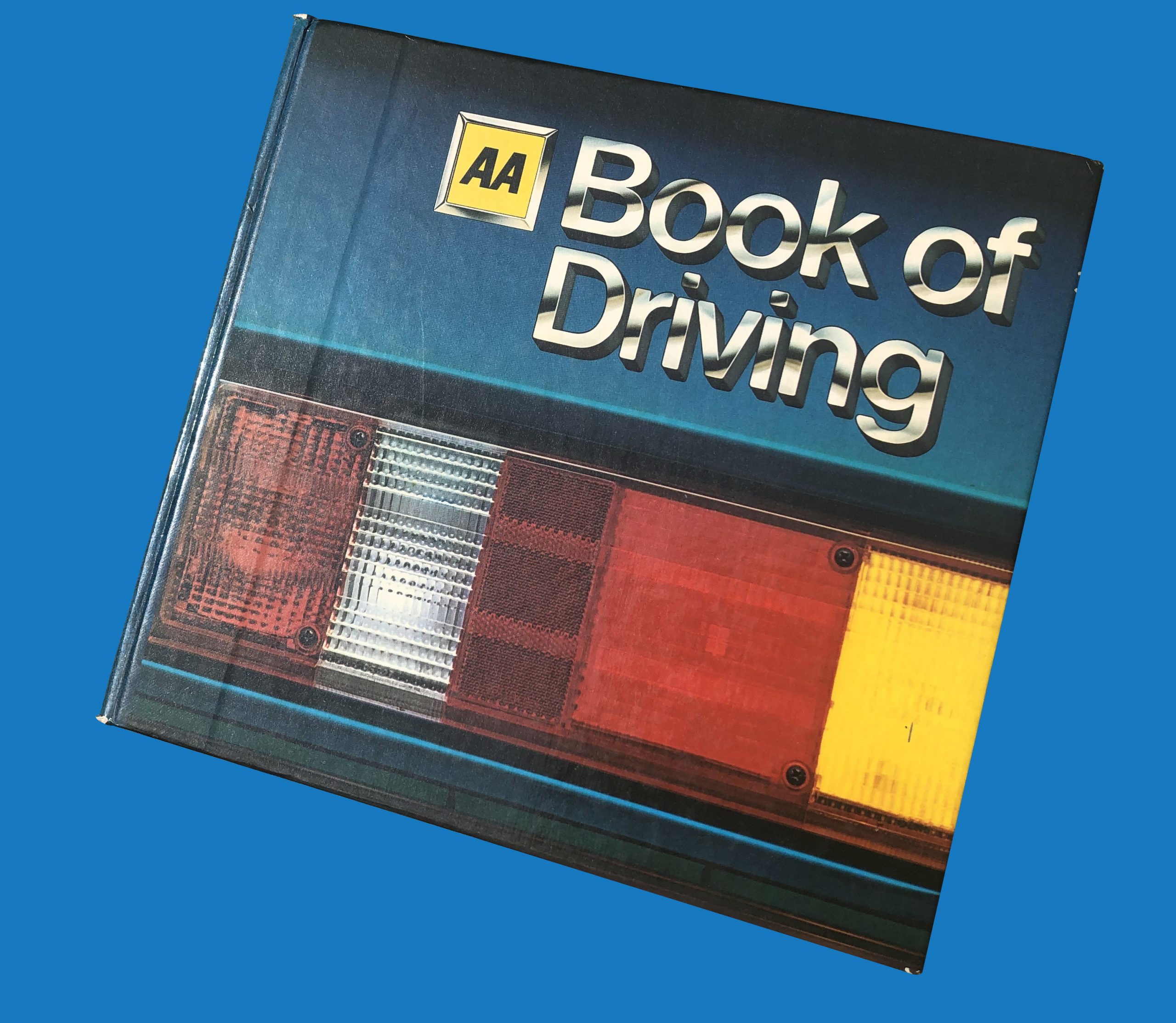
A blind person who is also deaf may be carrying a white cane with a red band
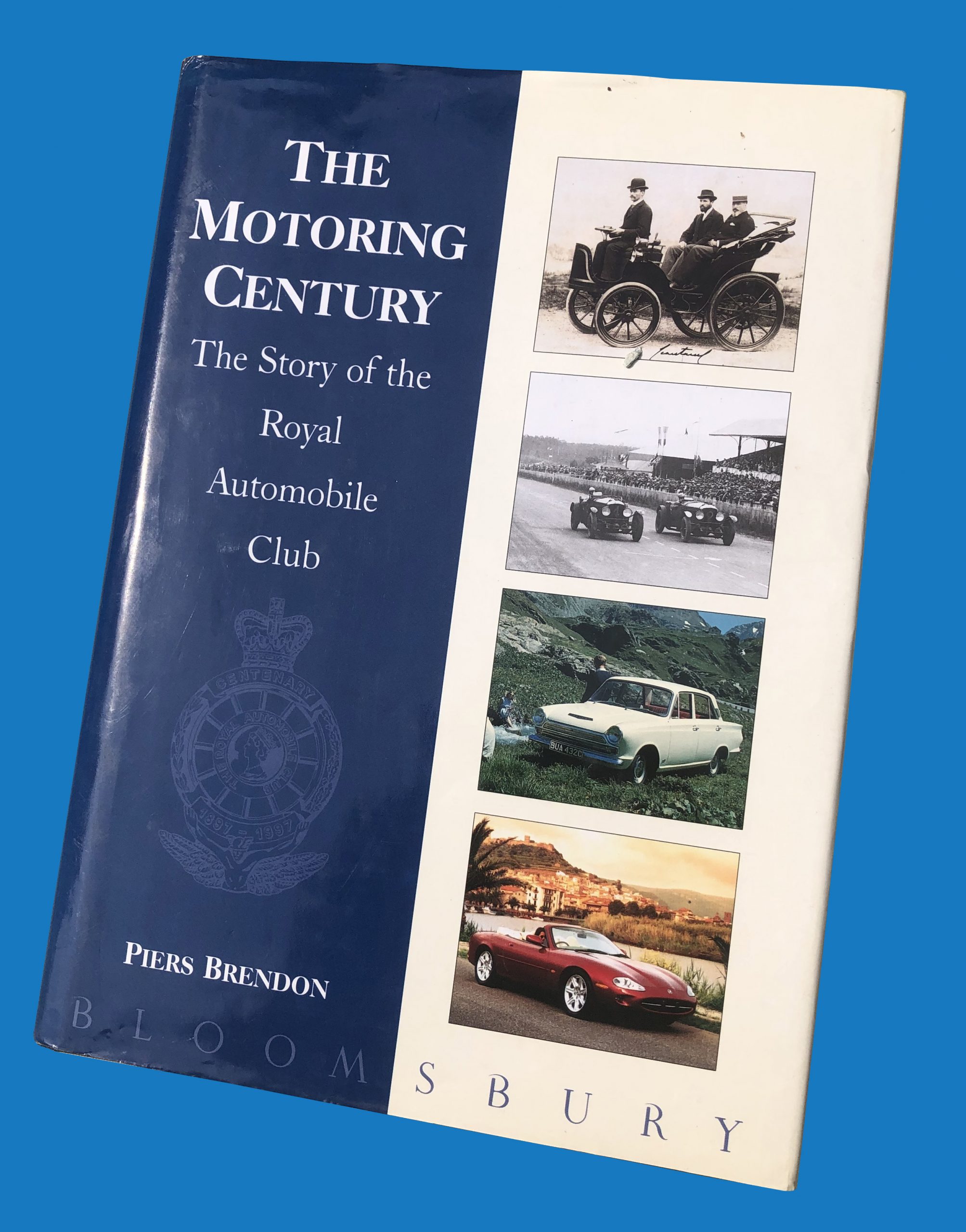
You MUST use dipped headlights during the day in poor visibility
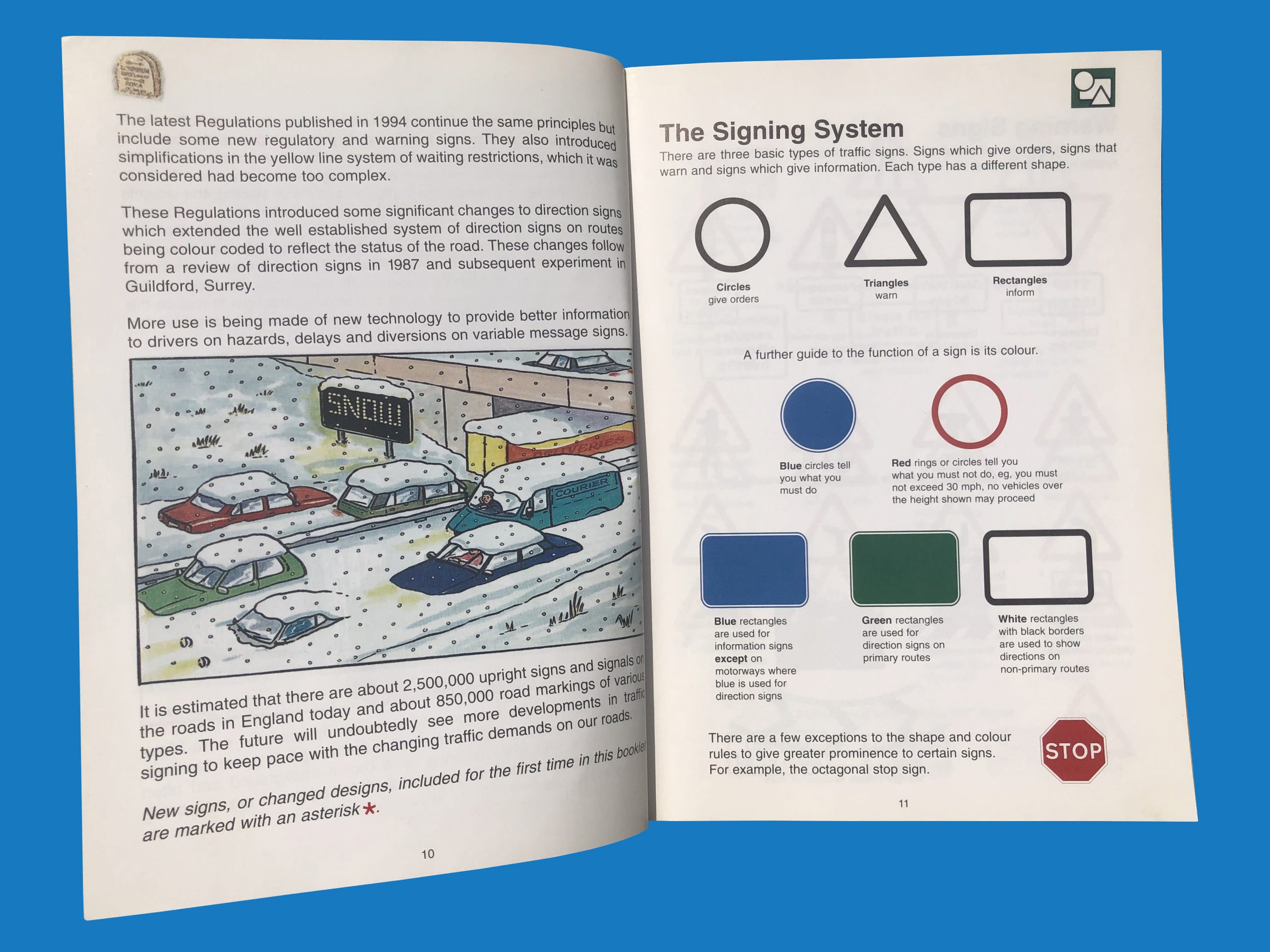
You must not sound your horn when your vehicle is moving in a built up area between the hours of 11.00 p.m. and 7. 30 a.m.
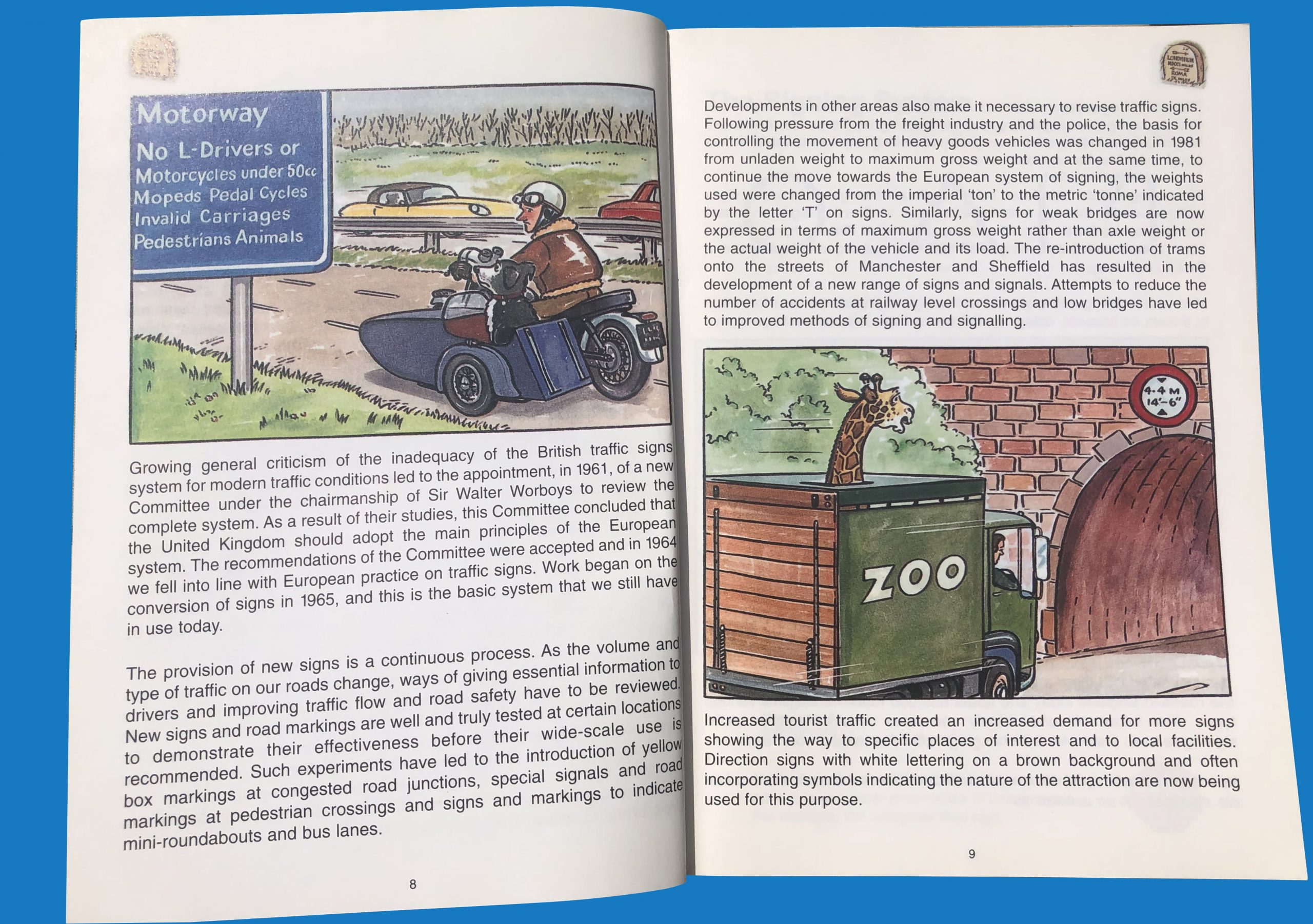
The shortest overall stopping distance on a dry road at 60mph is 58 metres (190 feet)
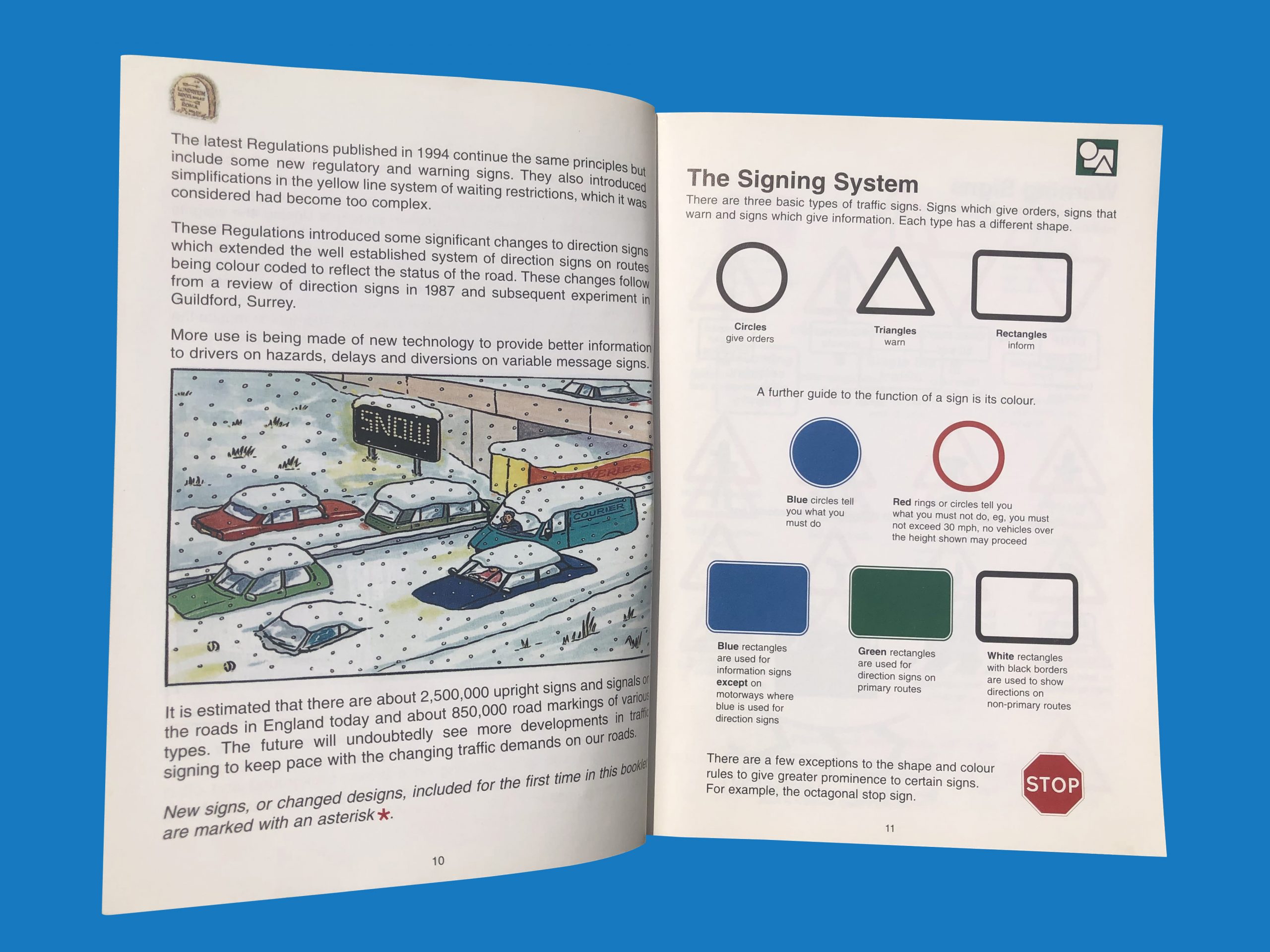
You should never wave people across at pedestrian crossings as there may be another vehicle approaching

